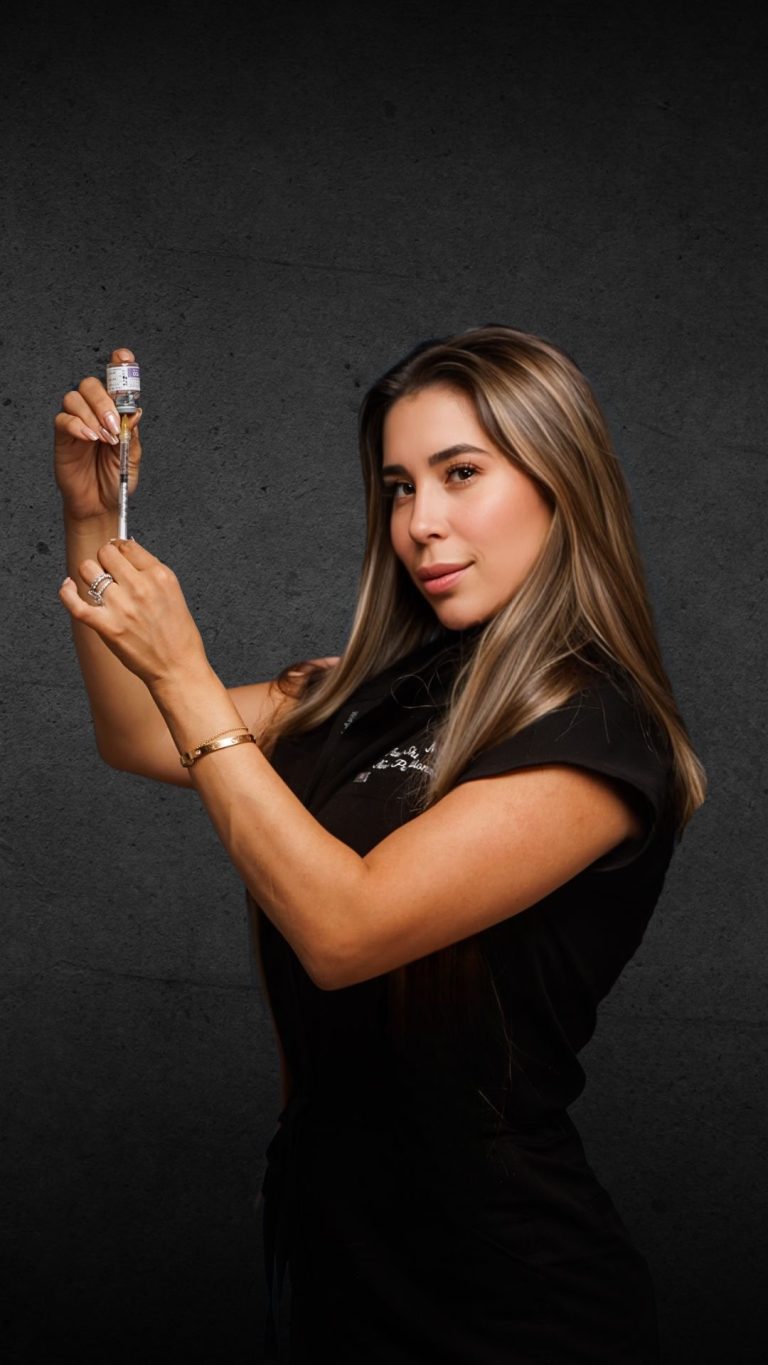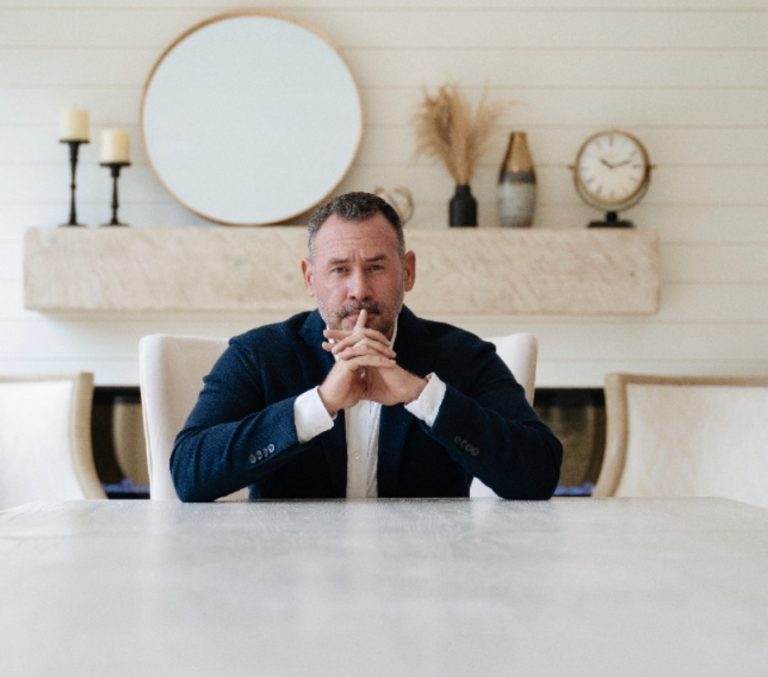
Kodesh’s upcoming film, LETS EAT, offers a unique glimpse of how various cultural nuances perpetuates the daily African American struggle. Dissected in on-screen drama, the film highlights an array of psychological ramifications associated with African Americans who reside in low socioeconomic areas, and how certain social relationships can further hinder or improve the conditions required to succeed. The culturally relevant underlying tones of poverty, criminality, jealousy, and heightened themes of sexuality are explored in this moving cinematic feature. Without further ado, here is our interviewed with Kevo Kodesh on why our readers should anticipate LETS EAT:
EDITOR: How do you work? Do you shoot with an idea in mind, assemble some stock footage that fits into your mental framework, and then begin refining it down, or do you have a plan to begin with, or what?
KEVO; Majority of the time, I shoot with an idea in mind and build around the environment according to how characters relate to the scene. Of course, now I work with talented directors who have mastered their personalized styles of shooting film. I am not the biggest fan of stock footage, so we typically have quite a few director collaborations. We begin with brainstorming ideas that would best fit the character, scene, and the elements, properly supporting the ideas being conveyed. This simplifies the script prior to scene capture, and the film during final editing process.
EDITOR: Your form of shooting the film will surely impact the editing process; what genres do you shoot and how many takes do you normally take per scene?
KEVO: Urban storytelling is where I am the most comfortable when shooting short films. I wrote, directed, and produced a short film titled “Ochosi”. The film was a quasi sci- fi short film about an African orisha who embodied a human by the name of Nakari Smith. Ochosi was my first short- film and each scene required 12-14 takes per scene. Juggling between playing the role of an actor and director is hard work considering shooting, acting, and editing without a film crew. An editor was not hired for the Ochosi project and footage was captured on the Black Magic Pocket Cinema Camera.
EDITOR: What has been the impact of the digital revolution on your work? Does it make it easier for you to make and market underground films?
KEVO: There’s pros and cons, but the digital atmosphere has certainly changed how the industry distributes content. Though the digital revolution has a significant impact on boosting LETS EAT’s awareness, it has consequentially made our road challenging. Adjusting to remain filming, CNM Films is incorporating distribution related to the LETS EAT project. We plan to premier our films in theater then television. LETS EAT will be made available for personal home viewing (video-on-demand, DVD, electronic download, television programs through broadcast syndication) later this year.
EDITOR: Would you like to add anything before we conclude this amazing interview?
KEVO: Regardless of economic dispositions, African Americans are a special and we deserve the respect of the world before our art is conveyed in a meaningful and palatable way. This is how the psyche of a people of melanin ethnicity will be understood. I always asked myself, “How do I tell a magnificent story in a way that captivates the audience and intrigues the audience at the same time”? LETS EAT, is a movie based off real events, people, and the psychology of a torn and wounded community searching for a new identity. When you know your identity, you know your power.





